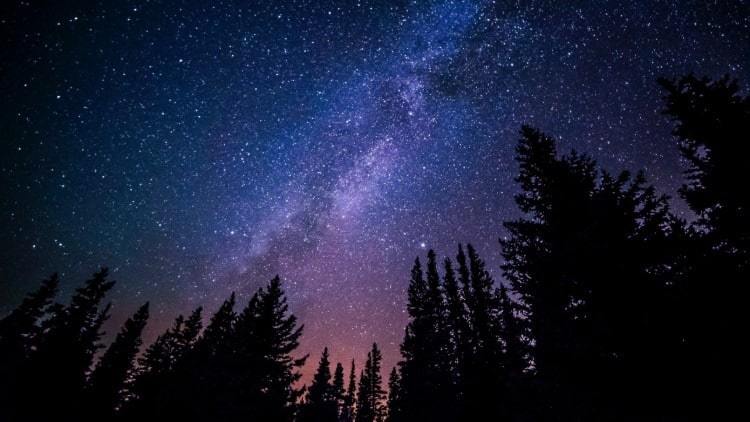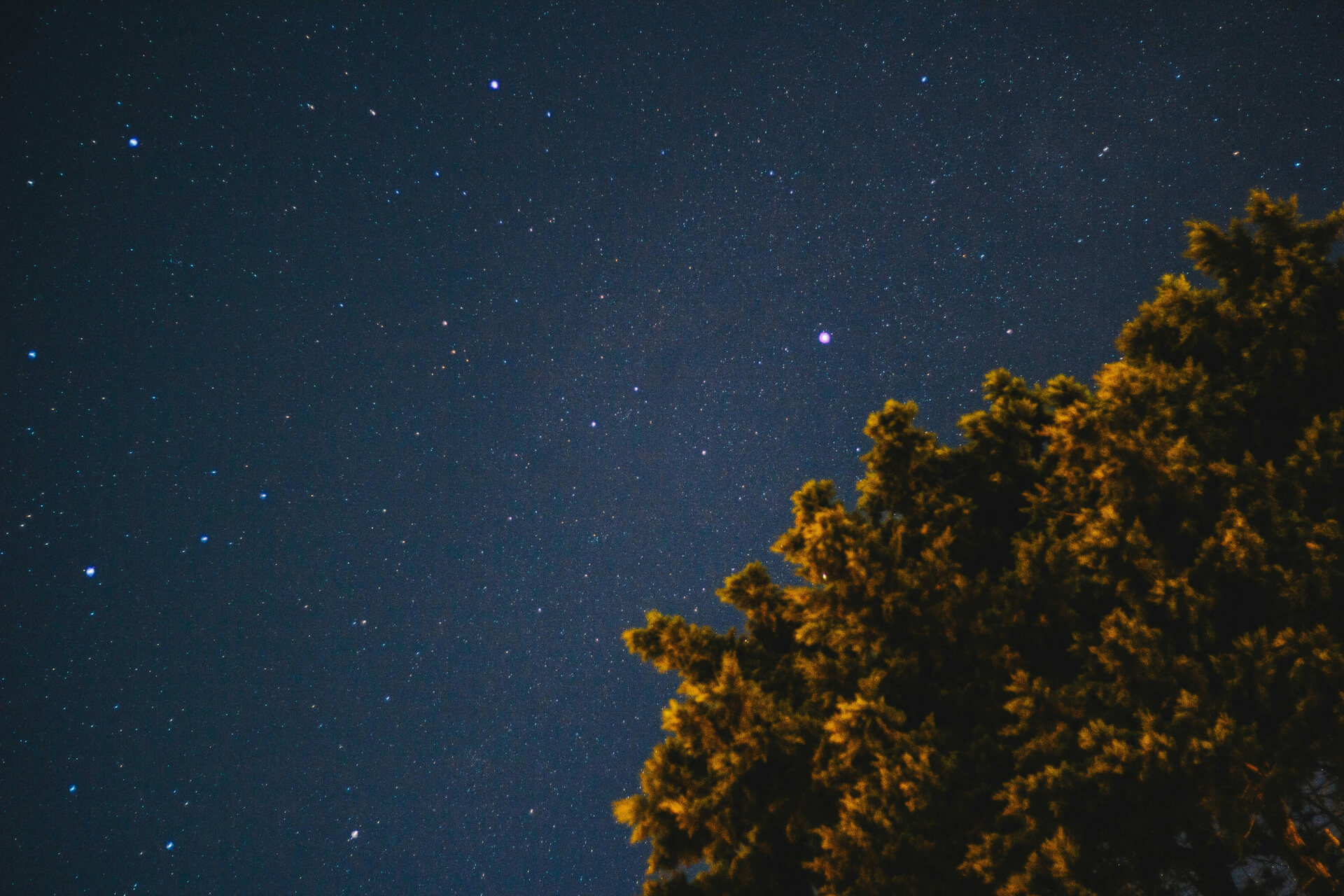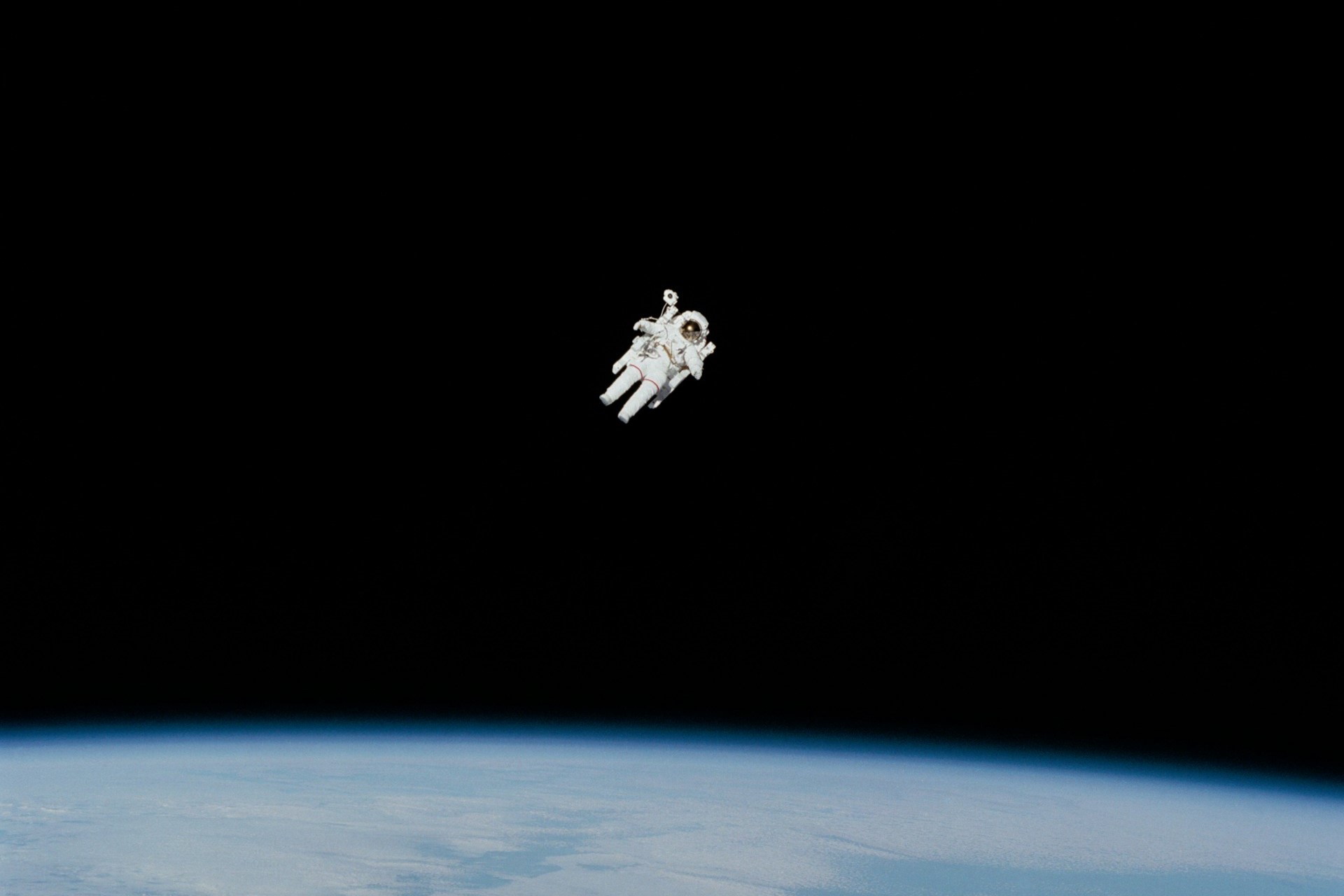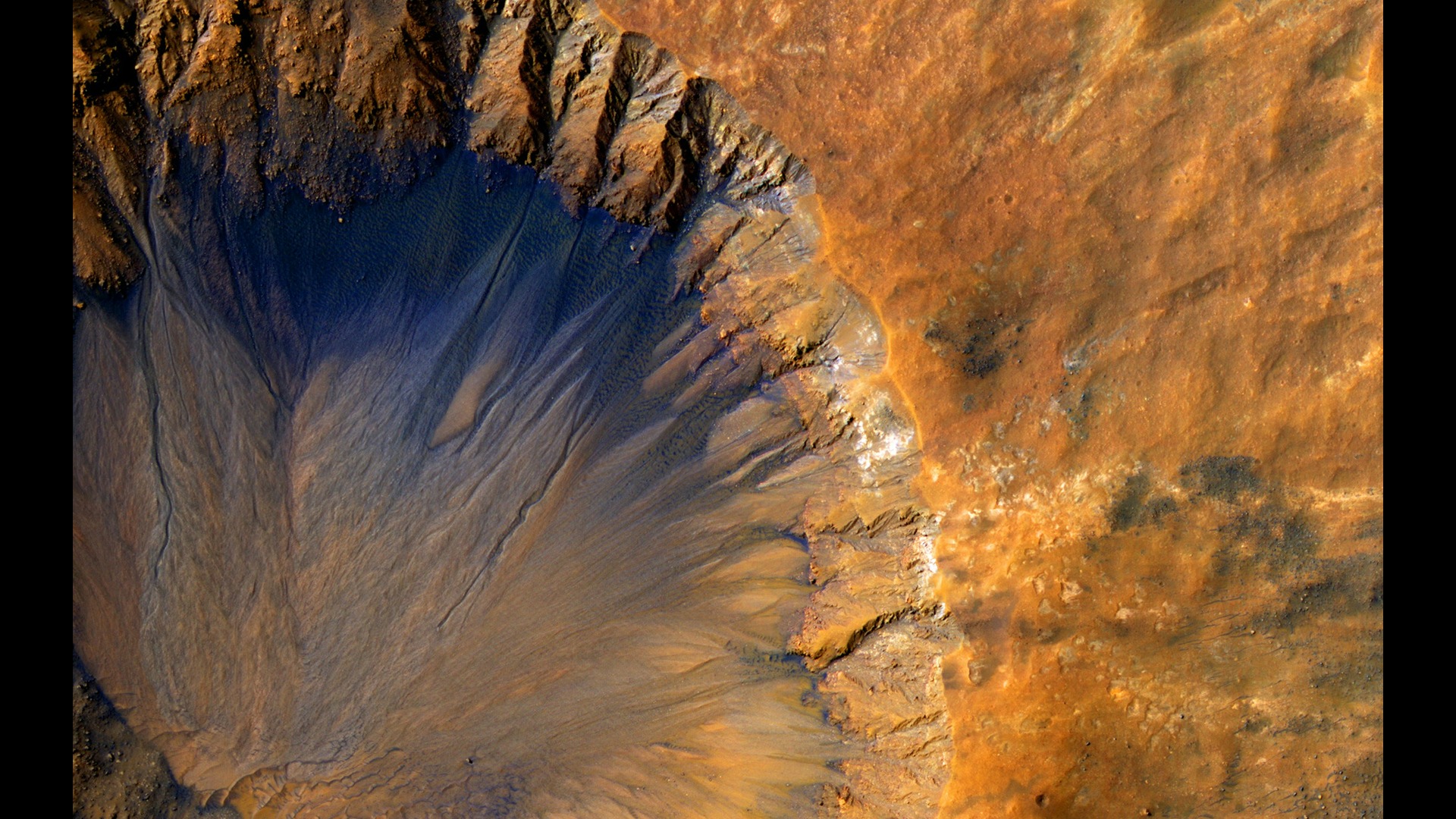
Will Starlink Satellites Impact Astronomy?
June 18, 2019 - Emily Newton
Revolutionized is reader-supported. When you buy through links on our site, we may earn an affiliate commission. Learn more here.
SpaceX made history late in May 2019 when it launched 60 satellites — the beginnings of the Starlink Constellation that will eventually contain more than 12,000 orbiters. Once the constellation is in place, it will provide high-speed, low-latency mobile internet to users around the globe. This may sound like a great step forward for global communication, but it may be at the expense of Earth-based astronomy. How will Starlink satellites impact astronomy?
Starlink Triggers UFO Reports
SpaceX launched the first 60 Starlink satellites as one big clump of technology. As they made their way across the sky and opened their solar arrays, they started to move apart and use thrusters to reach their final orbit altitude. They were visible to the naked eye — a line of 60 bright lights stretching across the horizon.
The appearance of these lights in the sky triggered a wave of UFO reports across the country, roughly 24 hours after the satellites were launched.
According to Elon Musk, having 12,000 Starlink satellites in orbit won’t affect astronomy at all. He responded to a question on Twitter with, “There are already 4,900 satellites in orbit, which people notice 0% of the time. Starlink won’t be seen by anyone unless (they’re) looking very carefully and will have 0% impact on advancements in astronomy.”
International Astronomical Union vs. Starlink
Astronomers around the globe, represented by the International Astronomical Union, have responded to the outcry that Starlink and other planned constellations will make it impossible to see the stars. Why won’t we see the stars? Because each of the thousands of satellites will reflect sunlight. While Musk’s numbers are correct — there are nearly 5,000 satellites in orbit right now — fewer than 200 of these are in low earth orbit (LEO), where the majority of these communications constellations will sit once they’ve launched. Starlink will have 12,000 satellites in its constellation, and that’s just one of many planned mega-constellations that may obscure the night sky.
They may not be visible to the naked eye, but they will obscure the view of anyone using an optical telescope. Astronomers may even lose the ability to survey the sky quickly because of the sheer number of satellites in orbit around the planet.
Musk’s solution to this astronomy problem? “We need to move telescopes to orbit anyway. Atmospheric attenuation is terrible.”
The Necessity of Satellite Testing
Satellites undergo a battery of tests before they are launched to make sure they’ll function correctly instead of breaking down and turning into space junk. Components like the functionality of the satellite, solar panels, antennas, batteries and any fuel cells will all require testing to ensure they’ll work in the harsh interstellar environment.
With thousands of satellites planned for LEO launches, a new type of testing may be necessary — reflectivity. The Starlink satellites will become less visible as they move up into their final orbits, but that attitude won’t mean much if there are tens of thousands of them up there. Making the satellites less reflective could prevent them from obscuring the night sky once SpaceX has launched the entire constellation.
Starlink Satellites and the Future of Astronomy
If you’ve got a telescope at home, you might want to use it while you still can. It’s hard to tell what sort of impact these mega constellations will have on the night sky, but it’s entirely possible that ground-based telescopes will be useless once Starlink and those like it launch.
Musk is right in that atmospheric attenuation is terrible. This phenomenon explains why stars appear to twinkle. You’re seeing the light refracted through the atmosphere. However, orbital telescopes aren’t accessible to everyone. The age of the backyard astronomer may be coming to an end, in favor of being able to get broadband internet anywhere on the planet.
We’re not saying technological advancement is a bad thing, but no one wants to look up and see nothing but orbiting satellites. We won’t know how much this will impact our view of the night sky until the entire constellation launches, but chances are high that it will never be the same.
Revolutionized is reader-supported. When you buy through links on our site, we may earn an affiliate commission. Learn more here.
Author
Emily Newton
Emily Newton is a technology and industrial journalist and the Editor in Chief of Revolutionized. She manages the sites publishing schedule, SEO optimization and content strategy. Emily enjoys writing and researching articles about how technology is changing every industry. When she isn't working, Emily enjoys playing video games or curling up with a good book.







